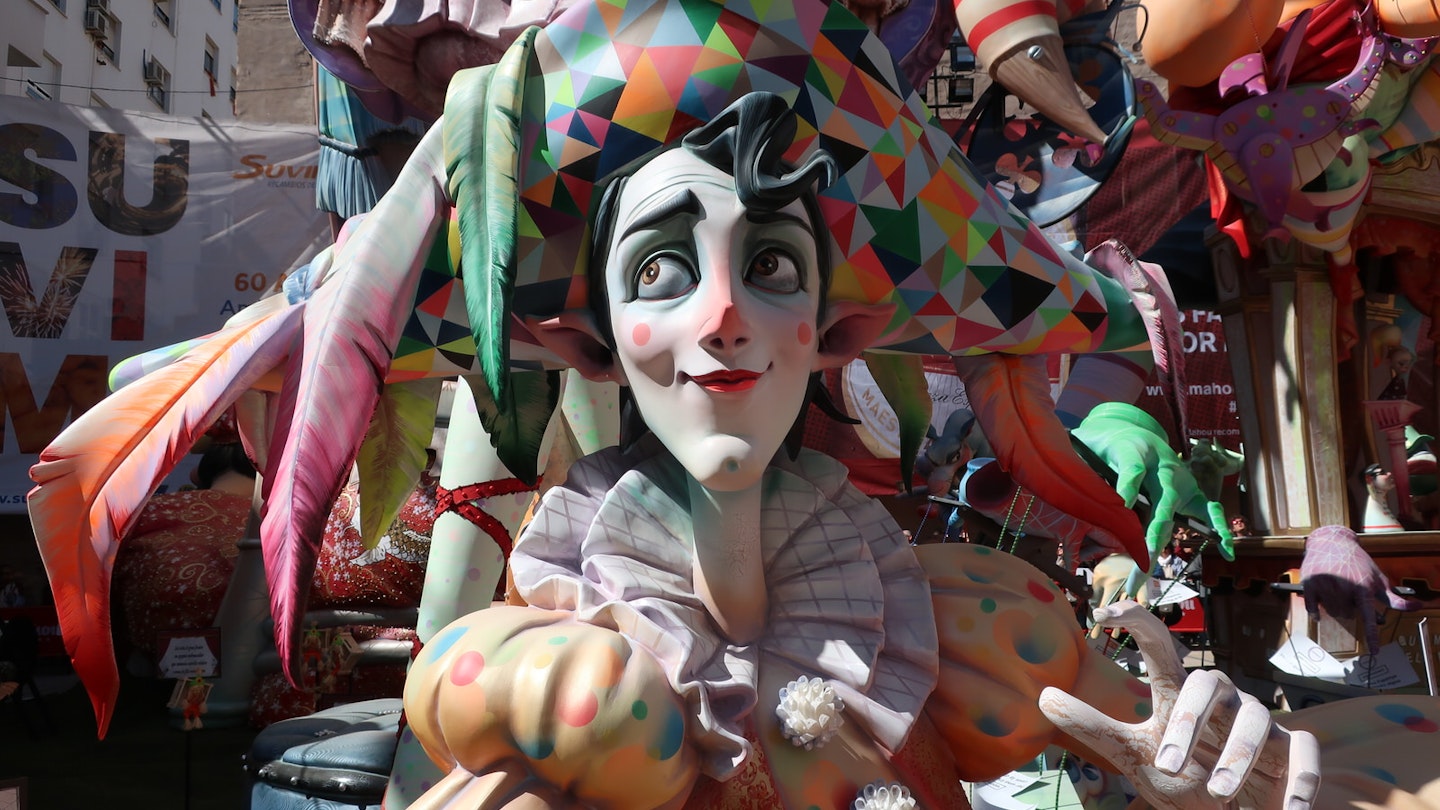Experience the Fired-Up Festival of Las Fallas in Valencia
Every March, Valencia ignites with a burning fervor as the Spanish city celebrates Las Fallas. This remarkable festival is an exceptional blend of art, humor, and fire. The primary celebrations occur from 15-19 March, featuring dazzling fireworks, elaborate parades, and spirited street parties throughout Valencia. What distinguishes Las Fallas is the tradition of crafting magnificent sculptures intended specifically for burning. Here’s a comprehensive guide to one of the world’s most dynamic festivals.
Las Fallas: A Historical Perspective
Las Fallas was added to UNESCO’s List of Intangible Cultural Heritage of Humanity in 2016. Its origins date back to the custom of carpenters burning wooden candle holders (parots) to signal the end of winter. Over the years, this evolved into the creation of wooden figures humorously representing the people of the community. The bonfires remained a core element, and the celebration became intertwined with St. Joseph’s Day. Today, simple stick figures have transformed into intricate works of art, requiring nearly a year of preparation.
Approximately 400 fallas (officially recognized groups) engage skilled artists to produce the sculptures, which are then evaluated in a citywide competition. These incredibly detailed creations, also referred to as fallas, consist of enormous papier-mâché figures (ninots) organized into satirical scenes targeting celebrities and political figures.
La Plantà: Displaying the Fallas
The final fallas are showcased on 15 March – La Plantà – allowing the public to view and judge them before they are ceremonially burned on the last night of the festival. While most fallas can be admired without charge, a small fee may be requested to get an up-close view of the most impressive ones.
Feel the Excitement of Daily Mascletá
Named after the masclet, a type of explosive firecracker, the daily mascletá is one of the festival’s most iconic symbols. While various fallas may organize mini-mascletás, the main event occurs at Plaza del Ayuntamiento (Town Hall Square) at 2 PM each day, escalating in intensity until reaching a breathtaking climax on the festival’s final day.
Focusing on noise and rhythm, the displays are not merely watched but felt. Witnessing the mascletá is an unforgettable experience, with locals suggesting participants keep their mouths open to let the sounds pass through. However, earplugs are highly recommended for those positioned close to this explosive spectacle.
The Emotional Ofrenda de Flores
A vital component of the festival, the Ofrenda de Flores (Flower Offering) is deeply significant for Valencians. Taking place over two days (17 and 18 March), this event involves up to 100,000 participants parading through the streets bearing floral tributes to adorn a towering statue of the Virgin Mary.
Attending this processional event is often emotional, with many participants moved to tears as they approach the statue in Plaza de la Virgen. Even those who do not share the same faith cannot help but admire the impressive scale and precision of the event. Dressed in traditional Valencian attire, falleras and falleros are announced in a ceremonial order, each carrying flowers of specific colors to complete the Virgin Mary’s cloak design, all while brass bands play traditional music.
Marvel at Nit del Foc
Throughout the Fallas week, various traditional fireworks displays dazzle the skies, peaking with the spectacular Nit del Foc (Night of Fire) on 18 March. This grand pyrotechnic celebration commences around 1:30 AM and is always the year’s largest display. Crowds flock to Paseo de la Almeda to witness these majestic fireworks erupting skyward from the Turia Gardens.
Embrace the Thrill of Correfoc
The Correfoc (Fire Parade) has added an edge of excitement to the festival for the last two decades. On the evening of 19 March, participants dressed as goblins and demons meander through Colón towards Plaza de la Porta la Mar, brandishing giant sparklers and dancing atop fire-breathing mechanical dragons, instilling a spirited atmosphere among the spectators.
The Culmination: La Cremà
The grand finale of Las Fallas, La Cremà (The Burning), occurs on the night of 19 March. Each falla is set aflame in a series of stunning bonfires. The burnings are strategically staggered, beginning at 10 PM, allowing crowds to witness multiple fires, and ensuring effective management by firefighters.
The highlight of the celebrations is the burning of Valencia’s official falla in Plaza del Ayuntamiento around 2 AM. It is always the last to ignite, drawing massive crowds who cheer as the flames consume the monumental sculpture, rendering months of artistic efforts into ashes within moments. As locals say, that’s the essence of Fallas!
Transportation and Accommodation
Valencia Airport, located just 8 km from the city center, has excellent connections to various destinations across Europe, served by multiple airlines such as easyJet, Ryanair, and Iberia. With early reservations necessary for accommodations during the festival, ensure you secure your stay well in advance. While some local bus routes might be affected, the city features an efficient subway system to facilitate your travel.
Experience the magic of Las Fallas and immerse yourself in its unique traditions!





